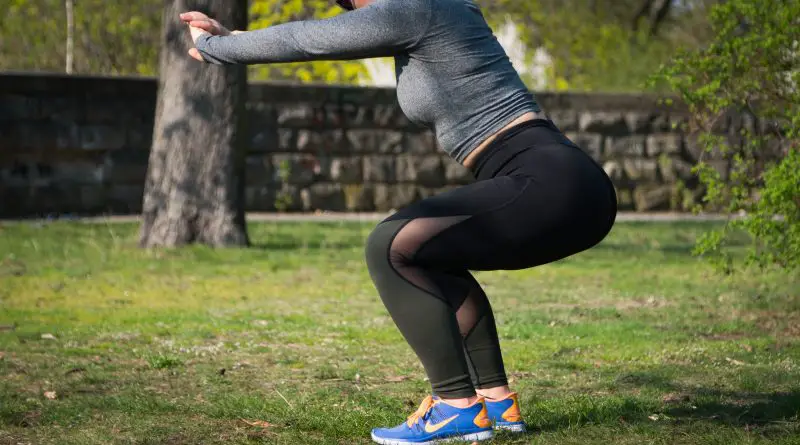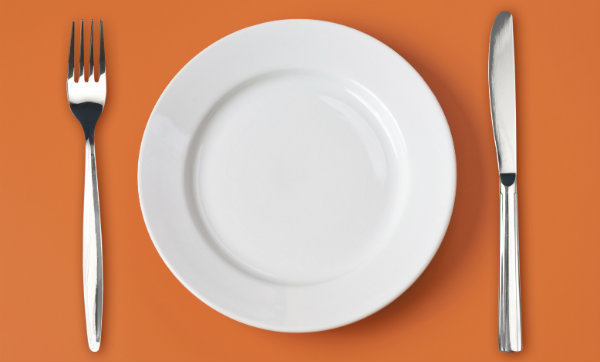How to lose weight. Weight loss101
How to lose weight
How to lose weight? Weight loss 101. How to reduce tummy fat /belly fat/tummy after C.S. (Cesarean Section)? How to lose weight? How to reduce arm fat? How to reduce love handles? How to burn fat fast? In this article, we cover general physical health…with specific focus to body fat and how to reduce excess body fat, weight loss.
There are various reasons why people aspire to lose weight. Models, jockeys and boxers, for example, need to maintain a certain weight. For the rest of us, we may want a good body image, or due to health concerns.
“When building habits, choose consistency over content. The best book is the one you can’t put down. The best exercise is the one you enjoy doing every day. The best health food is the one you find tasty. The best work is the work you’d do for free.” –
@naval
According to W.H.O., a person is overweight if his BMI (Body Mass Index) is 25 kg/m2or greater and obese if his BMI is 30 kg/m2 or greater. Body Mass Index is a person’s weight in kilograms divided by the square of his height in meters (metres) (kg/m2).
Do you know your height in meters? And you know your weight right? You can now calculate your BMI using the formula below.

Enter the numbers in the form and check the results below the form:
[php_everywhere]
Now, you know where you stand on the weight scale and especially the BMI. And you would like to maintain or make things better if you are overweight. Most of us over 22 years may not add meters to our height. Do not fret. We can, however, change the weight side of the BMI equation.
According to the WHO, worldwide obesity has nearly tripled since 19751. While some studies show that there are hereditary factors that can predispose one to gain weight faster than the average population given the same diet, we still have a lot we can do to maintain a healthy body.
Other causes can be side effects of medicine, insulin resistance, sugar, lack of physical activities, etc.
What is going on?
The fundamental cause of obesity and overweight is an energy imbalance between calories consumed and calories expended1. We can either reduce the calories consumed and increase the calories expended to achieve the right BMI.
With more wealth as a society, our habits and lifestyle have changed. The lifestyle of the 60’s and 70’s is not possible now. Most of us are no longer walking 30 minutes to get to the nearest shop; we are not fetching water on our backs; we are not walking 30 minutes to schools. With regards to food, most of us are 3 feet from 200 calories Yoghurt or 100 calories of tea. We have limited playground, we, therefore, zero graze our kids around the T.V., computer, fridge, and microwave. All this implies that we burn way fewer calories than what we consume.
Let is go back to W.H.O recommendation. Children need 60 minutes of physical activity in a day to remain healthy. In the 60-80s, just walking to school in the morning, coming back for lunch and going back to school after lunch and then coming back in the evening, you would have clocked on average 60 minutes….I have not added the break time when you played hide and seek, statue; house chores like fetching firewood or water from the stream…you get the drift.
All is not lost. If this diagnosis is right, then we can solve the overweight issue for good. We can be more conscious. We can change our lifestyle one day at a time.
Healthy lifestyle for sustainable weight loss
The most successful weight management approach is the one that acknowledges that weight loss requires behavior change and self-identity shift. You will need to change your environment (at home and at work), craft a healthy eating plan, become more physically active, and reduce the sedentary time.
No one wants to count calories for the rest of their life…We hear you…and science has an answer.
James Clear has a wonderful book on habits called Atomic Habits on how to form good habits and break bad ones. His key argument is that when we set a goal like to lose 10 kg by the end of the year, we need to create a system and tweak our physical and social environment to make it easy for the habit to form.
On his popular blog, Mark Manson writes that “What ultimately worked for me, and for most people, was not a diet plan or following a specific regimen to the ‘T’, but building a series of healthy lifestyle habits”
Below is a simple system that will help you build a healthy lifestyle:
- Time-Restricted-Eating is a form of intermitted fasting where you eat during a certain set of hours during the day. A good recommendation would be the 16:8 methods, where you fast for 16 hours and eat with an 8-hour window. Outside the 8-hours you don’t take in any calories. ..just water to keep dehydrated. The reason this lifestyle is captivating and easy for a majority to follow is that does not restrict the calorie intake.
- Cut on sugar and refined carbs consumption (including sweets, cakes, soda, desserts, ice cream)
- Reduce alcohol consumption to 1 or 2 a week. (It is easier to quit than to moderate )
- Sleep 7-8 hours of quality sleep
- Eat more proteins (fish, eggs), vegetables (Cabbage, broccoli, kales) and fruits. This makes you feel full for longer.
- Schedule and place for exercise in your life. Have 30 minutes of exercise 3-4 times a week. If you miss Monday do it on Tuesday. High-intensity interval exercise and resistance training (weigh lifting). Scheduling ensures that you do not have to think about it. Saves your willpower which is finite
- Drink water during the day. And 30 minutes before meals.
- Supplements for Iron and Vitamin D
- Fix the stresses in your life. As a way to numb your self from a toxic work environment or relationship, you may stress eat (comfort eating). Is this what you want in the long run? Take the red pill now.
Resources on weight and obesity:
World Health Organization: https://www.who.int/news-room/fact-sheets/detail/obesity-and-overweight
James Clear https://jamesclear.com/the-beginners-guide-to-intermittent-fasting
Dr. Rhonda Patrick https://www.foundmyfitness.com/topics/time-restricted-eating
Mark Manson https://markmanson.net/downloads/habits
Work Out Cave article on Intermittent fasting





